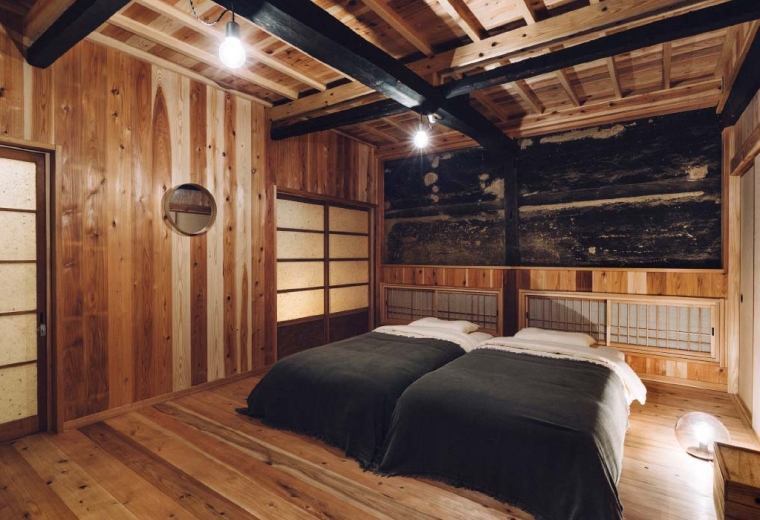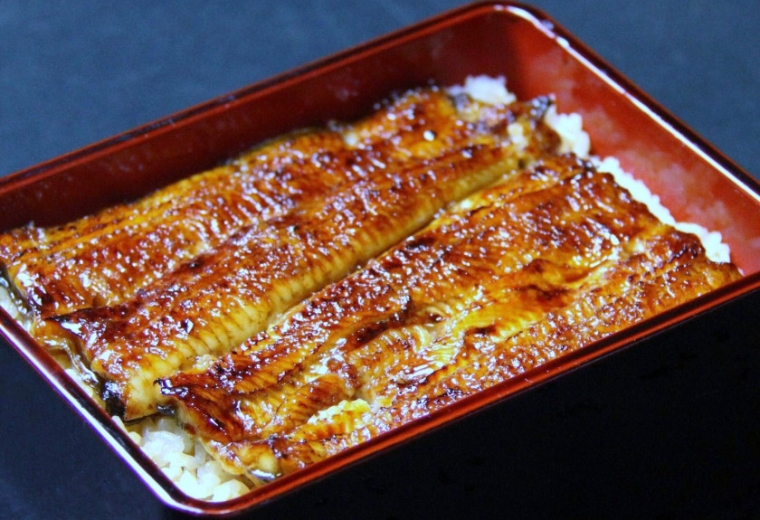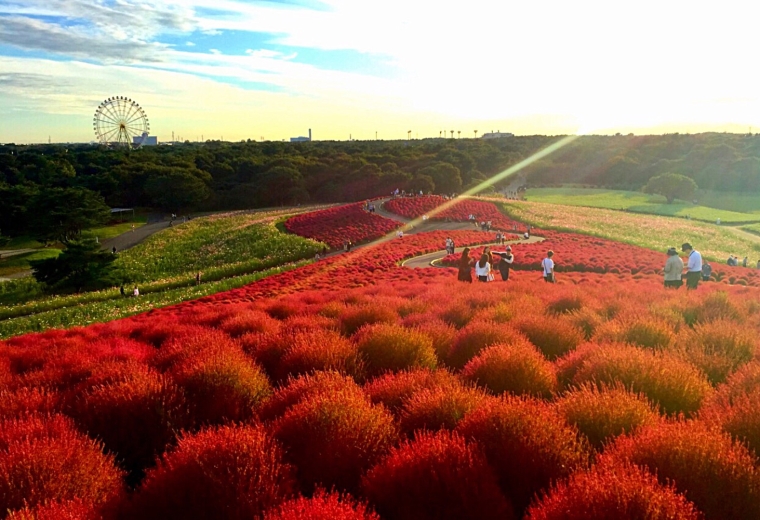A Must-See in Autumn! Red Spider Lilies at Gugyoji Temple
Nature
History
2022.08.02
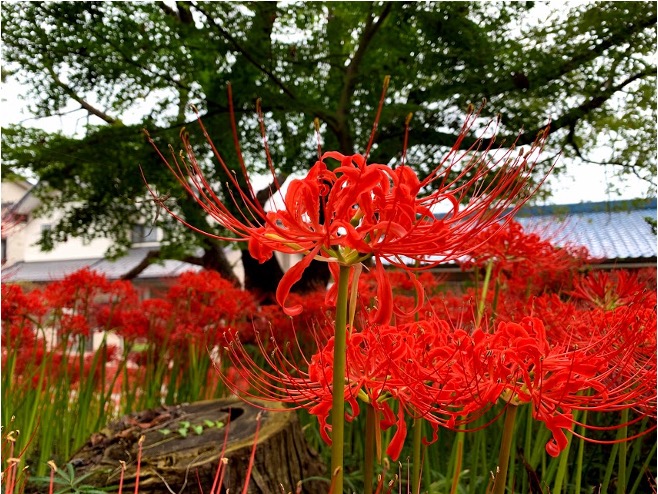
Gugyoji Temple is located in Joso, a city in southwestern Ibaraki. Droves of people visit from September to October when the enchanting higanbana or red spider lilies grow. We'll introduce Buddhist narratives about the higanbana, charms of Gugyoji Temple, and recommended spots in the area.
Buddhist Folklore about the Higanbana
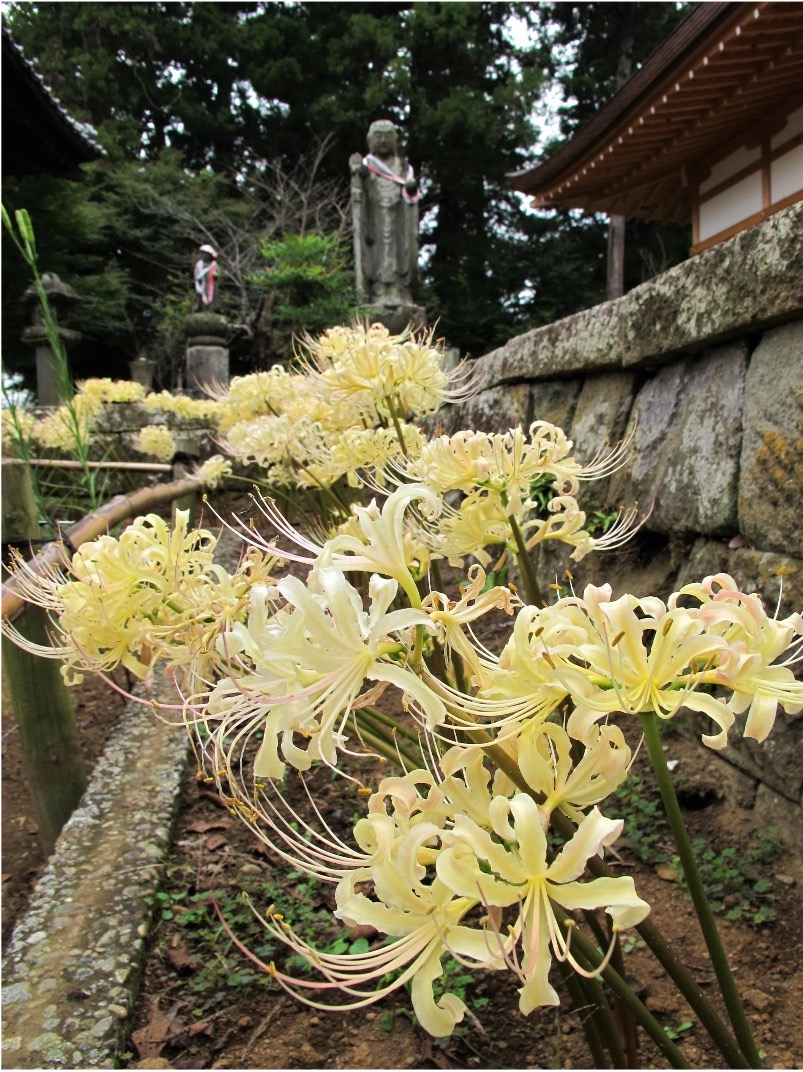
Higanbana, red spider lilies, bloom across Japan from mid-September to early October. They are gorgeous scarlet red flowers with a mystical air loved by millions.
In Japan, it’s believed that the higanbana blooms along the banks of the Sanzu River—a river flowing between the worlds of the living and the dead. There is one such Buddhist narrative that references this myth.
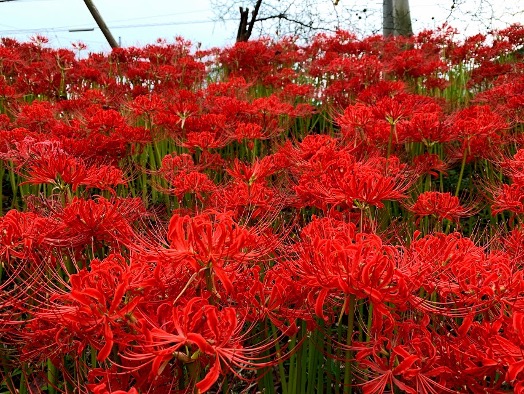
Long ago, two celestial beings in the heavenly realm ran away and eloped due to selfish desires. However, the heavens later punished the couple. One was turned into the petals of the higanbana, while the other was turned into its leaves. Higanbana is a distinct plant species that only sprouts leaves after the flower has bloomed and withered. This means that the flower and leaves can never meet.
One day, the Buddha looked at the plant and, thinking of the two celestial beings, said, “The two of you can never meet again, but you have to support one another. I may not be able to save you from your sins, but your petals shall at the very least bloom on the other side.” And thus, this is how the higanbana began to bloom on the banks of the Sanzu River.
The Higanbana story is beautiful and ephemeral. There are well-known spots in Ibaraki Prefecture, which neighbors Tokyo, where you can see these flowers.
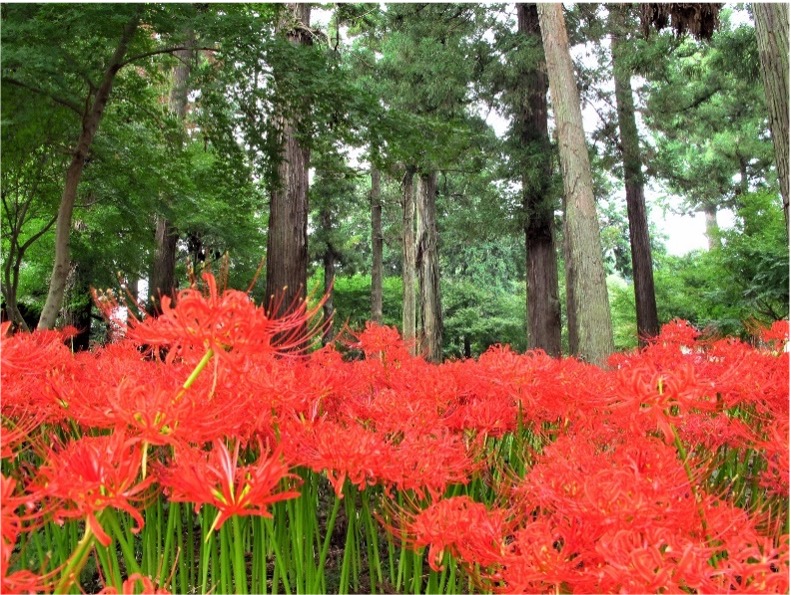
Charms at the Famous Gugyoji Temple
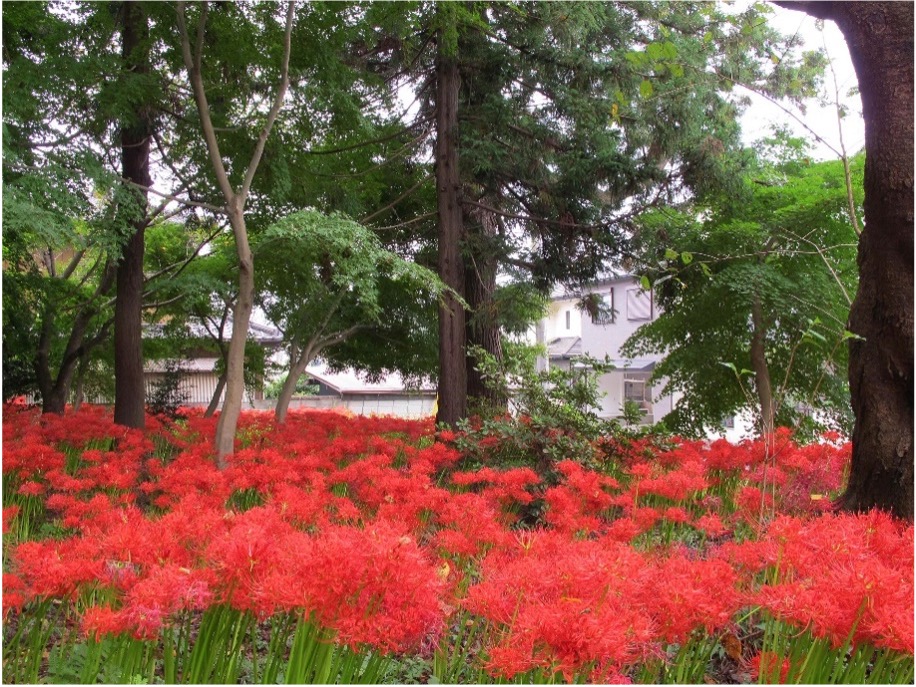
About 50,000 higanbana are planted on the grounds of Gugyoji Temple. Upon entering the temple’s precincts, you will spot the spider lilies in full bloom, with the stems standing straight out of the soil. The red flowers both appear scattered and somehow united at the same time. They have a noble presence that gives viewers a sense of tranquility.
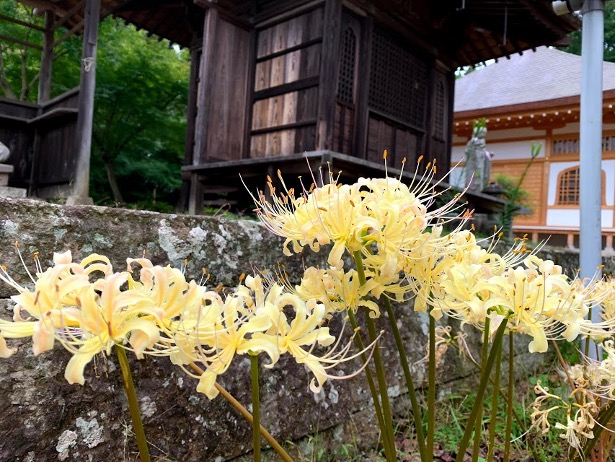
You will find not only the red higanbana at the temple but also rare white and yellow ones.
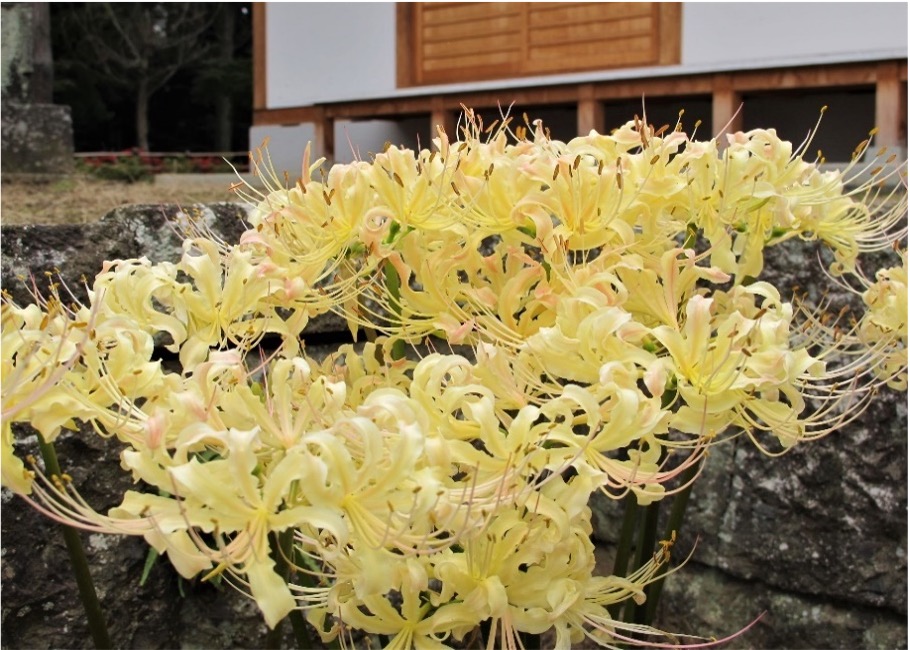
If you are interested in the higanbana myth, please visit the temple to see these stunning flowers!
Information
- Location
- Jukizan Tenjuin Gugyoji Temple
- Address
- Ibaraki Prefecture, Joso, Toyookamachi-ko 1
Google Map: https://goo.gl/maps/eb2nNU5cf3B7GCpR6 - Contact
- 0297-24-0895
Famous Spots for Japanese Tea in the Area
If coming here to see flowers doesn’t sound like enough, we recommend a stroll around Sakai Town after visiting the temple. Sakai is famous for its tea production. Moreover, you can taste this tea at Cha-Gura, one of the many teahouses in town. Kengo Kuma, a world-renowned architect, designed the building. It has a unique exterior and modern style decorated with wood inlays. On the second floor, there’s a restaurant where you can taste the local brew called Sashima Green Tea.
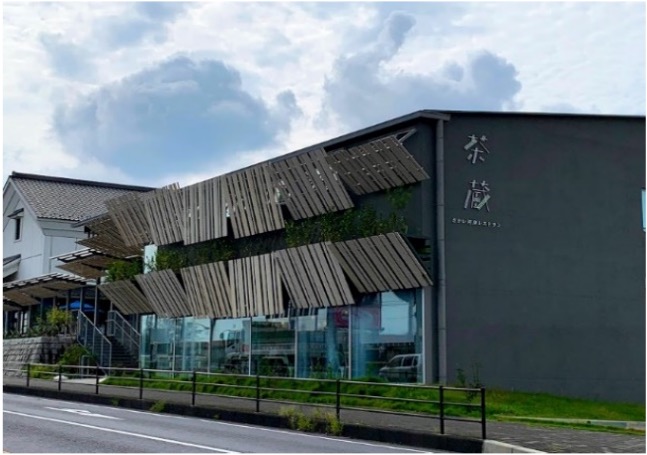
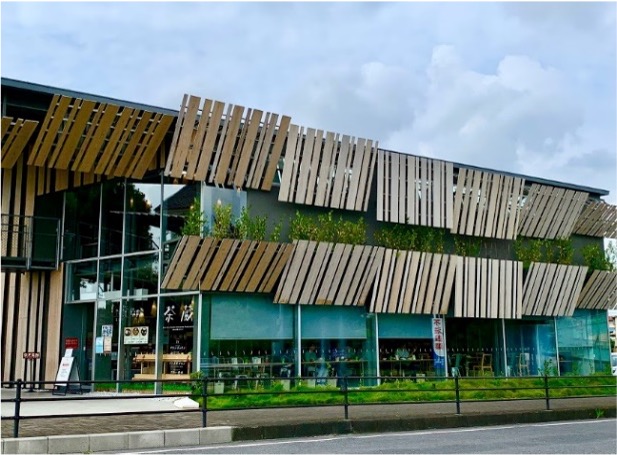
The roadside rest area Michi-no-Eki Sakai sells fresh local vegetables, specialty products, and souvenirs. The store’s interior is neat and clean. We also recommend tasting the sandwiches here. The hearty sandwiches are not only tasty and unique with either a sweet or savory taste but are also a feast for the eyes.
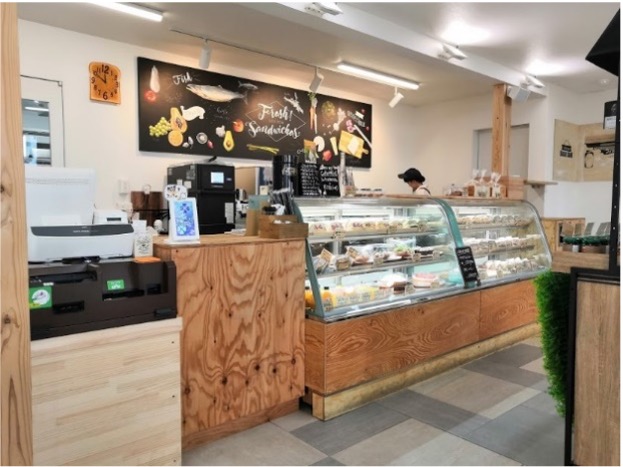
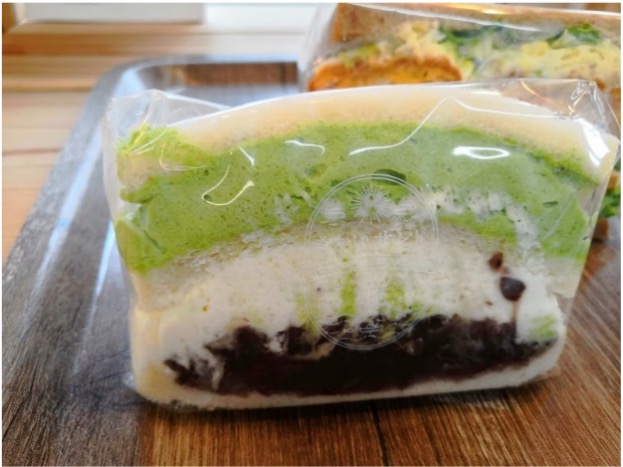


Information
- Location
- Michi-no-Eki Sakai Cha-Gura
- Address
- Ibaraki Prefecture, Sashima, Sakai-machi 1341-1
Google Map: https://g.page/michinoeki-sakai?share - Contact
- 0280-87-5011
- Website
- https://www.sakaimachi.co.jp/chagura/
